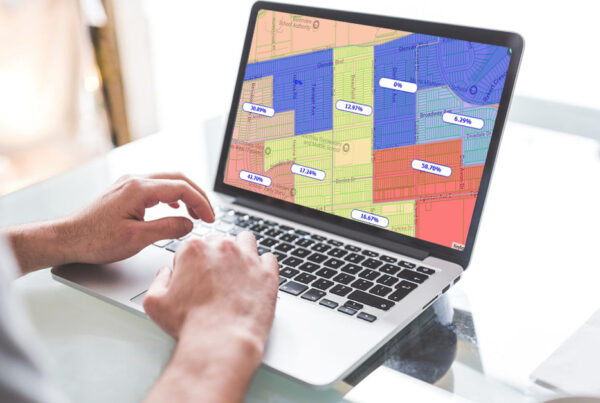
 In the fallout of the COVID-19 pandemic, commercial real estate has seen a particular challenge – and potential opportunity as we move forward.
In the fallout of the COVID-19 pandemic, commercial real estate has seen a particular challenge – and potential opportunity as we move forward.
Some of the ways that COVID-19 has affected commercial real estate include:
- More people are working from home and that may continue even after the pandemic subsides. Companies like Twitter and Shopify have announced their staff will continue to work-from-home permanently.
- More businesses have embraced e-commerce.
- Some businesses have closed their doors for good.
The head of Shopify has said that “Office centricity is over.” But is that true? And if we do see a shift, what does that mean for commercial real estate investing?
a) Changes to office buildings
High-rise office spaces could see a revamp, depending on social distancing protocols. For instance, CBC News reported that some offices with elevators have been implementing carry limits (such as two people at a time), which is creating backlogs.
Additionally, with more companies embracing cloud technology and allowing staff to work from home, we could see a change in how much physical office space is needed, depending on whether the remote work policies are permanent.
We may also see changes to spacing trends, too. Recently, many offices shifted to adopt an open-office model, with staff sharing space or even sharing desks. But with COVID-19 safety regulations in place, more teams may be reverting to less communal offices with doors that can close and keep people separated.
While this can bring its difficulties, it also presents opportunities such as:
- Looking for closed office spaces.
- Moving to smaller offices or renovating existing space.
- Moving offices to the suburbs.
- On the residential real estate side, if more people are working from home permanently, it could open more opportunities for living spaces.
b) Changes to retail stores
Retail spaces have also seen changes, including less foot traffic and needing to embrace virtual services, such as curbside pick-up and delivery.
- During some of the provincial re-opening plans, for a time, only retailers with a street-front entrance were permitted to re-open.
- Retailers in malls and shopping centres have been particularly hard hit.
- As some businesses have closed permanently, there may be more vacant commercial spaces on the market.
- Many retailers began embracing e-commerce to maintain orders, which also presents the opportunity of doing business beyond local clientele.
- As e-commerce rises, so does the need for different types of commercial spaces — including warehouses, fulfillment centres, and so forth. A CBRE Research study found that in the U.S., for each incremental $1 billion growth in e-commerce sales, an additional 1.25 million sq. ft. of distribution space was needed to support this growth.
Tools for Investigating Commercial Real Estate Opportunities
While commercial real estate may be changing, real estate professionals can stay ahead of the curve with tools to act on opportunities quickly.
For instance, property reports showing neighbourhood composition can help you find areas ready for industrialization outside of the city if you are investing.
If a commercial property comes up for sale, you can use data to quickly investigate it and determine if it’s worth digging deeper.
If you’re searching for a work-from-home residence for a client, you can find properties in desired school catchments and in a price range your client can afford.
The possibilities are endless.
Learn more about commercial real estate in our webinar, Tips & Tricks for Commercial Properties. We explore best practices for using GeoWarehouse when researching a commercial-type property. See upcoming sessions and register here.
Your GeoWarehouse tools can help both with investigating residential and commercial real estate. Learn more by calling 1-866-237-5937 or visiting www.geowarehouse.ca.
Is the trend of the future more warehouses, fewer offices? Will we see a shift from bricks-and-mortar to online? And what does that mean for commercial real estate? Share your thoughts with us on social media. GeoWarehouse is on Twitter, Facebook, and LinkedIn.







